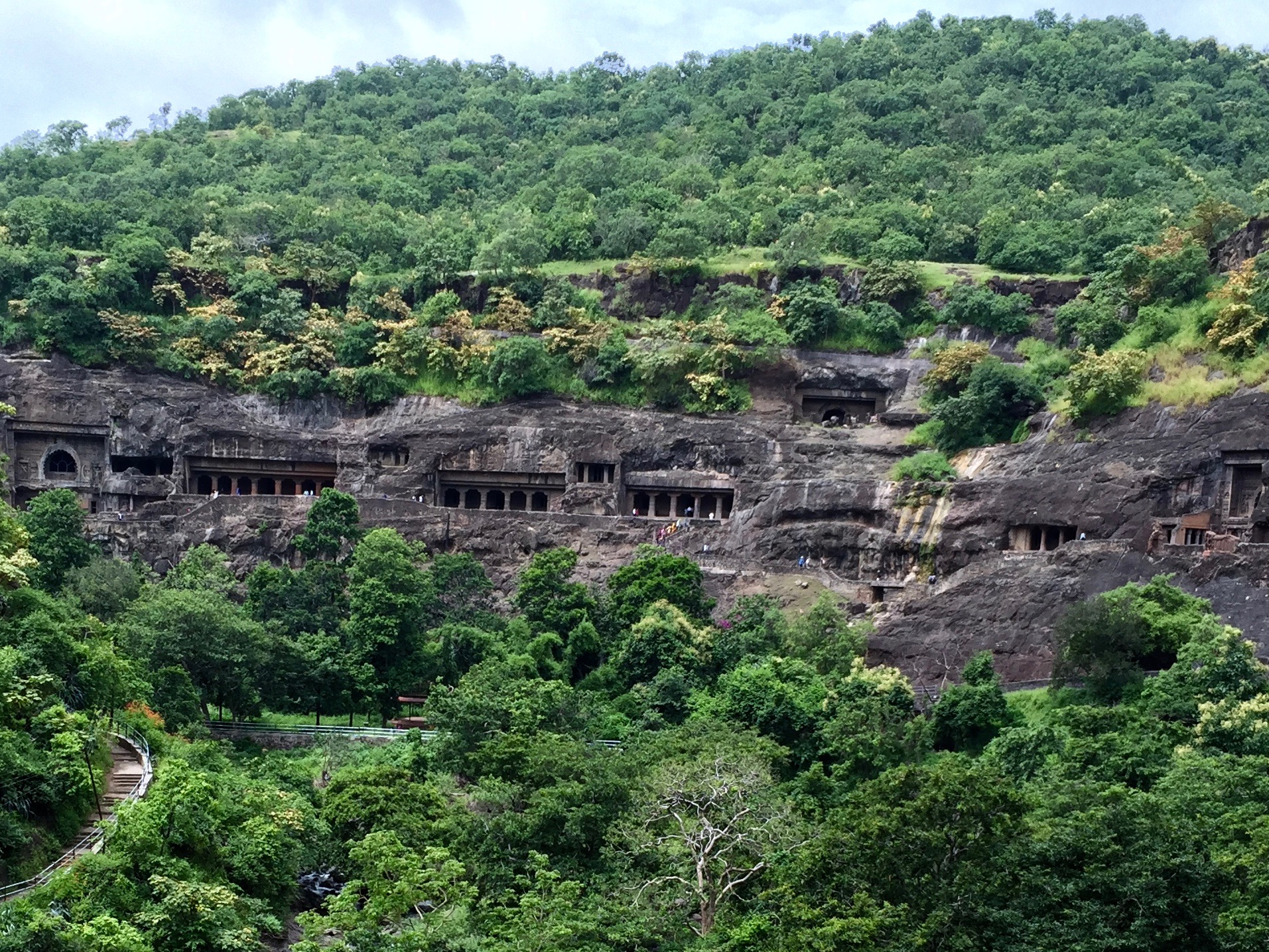|
Dzongkhul Monastery
Dzongkhul Monastery or Zongkhul Gompa is located in the Stod Valley of Zanskar in Ladakh, northern India. Like the Sani Monastery, it belongs to the Drukpa school of Tibetan Buddhism Dzongkhul has traditionally been home to famous yogins. It is sited near the foot of a wide valley which leads to the pass known as the Umasi-la which joins Zanskar and Kishtwar. History Its foundation is attributed to Naropa (956-1041 CE), who was a celebrated Indian Buddhist yogi, mystic and monk from the renowned Vikramshila University in Bihar. He is said to have meditated in one of the two caves around which the gompa is built and the monastery is dedicated to him. His footprint can be seen in the rock near the entrance to the lower cave. The gompa contains images and thankas of famous Drukpa lamas. Zhadpa Dorje, a famous painter and scholar created some of the frescoes on the cave walls almost 300 years ago. Impressions of Naropa's ceremonial dagger and staff are also said to be in the r ... [...More Info...] [...Related Items...] OR: [Wikipedia] [Google] [Baidu] |
Zanskar
Zanskar, Zahar (locally) or Zangskar, is a tehsil of Kargil district, in the Indian union territory of Ladakh. The administrative centre is Padum (former Capital of Zanskar). Zanskar, together with the neighboring region of Ladakh, was briefly a part of the kingdom of Guge in Western Tibet. Zanskar lies 250 km south of Kargil town on NH301. The Zanskar Range is a mountain range in the union territory of Ladakh that separates the Zanskar valley from Indus valley at Leh. Geologically, the Zanskar Range is part of the Tethys Himalaya, an approximately 100-km-wide synclinorium formed by strongly folded and imbricated, weakly metamorphosed sedimentary series. The average height of the Zanskar Range is about 6,000 m (19,700 ft). Its eastern part is known as Rupshu. The Zanskar had a population of approximately 20,000 in 2020. There has been demands to convert Zanskar into a district. Etymology Zanskar ( ''zangs dkar'') appears as ''“Zangskar”'' mostly in aca ... [...More Info...] [...Related Items...] OR: [Wikipedia] [Google] [Baidu] |
Vikramshila University
Vikramashila (Sanskrit: विक्रमशिला, IAST: , Bengali:- বিক্রমশিলা, Romanisation:- Bikrômôśilā ) was one of the three most important Buddhist monasteries in India during the Pala Empire, along with Nalanda and Odantapuri. Its location is now the site of Antichak village, Bhagalpur district in Bihar. Vikramashila was established by the Pala emperor Dharmapala (783 to 820 AD) in response to a supposed decline in the quality of scholarship at Nalanda. Atiśa, the renowned pandita and philosopher, is listed as a notable abbot. It was destroyed by the forces of Muhammad bin Bakhtiyar Khalji around 1193. History A number of monasteries grew up during the Pāla period in ancient Bengal and Magadha. According to Tibetan sources, five great Mahaviharas stood out: Vikramashila, the premier university of the era; Nalanda, past its prime but still illustrious, Somapura, Odantapura, and Jagaddala. The five monasteries formed a network; "all ... [...More Info...] [...Related Items...] OR: [Wikipedia] [Google] [Baidu] |
Buddhist Caves In India
The Buddhist caves in India. Maharashtra state Aurangabad Dist. Ellora caves form an important part of Indian rock-cut architecture, and are among the most prolific examples of rock-cut architecture around the world. There are more than 1,500 known rock cut structures in India, out of which about 1000 were made by Buddhists (mainly between 200 BCE and 600 CE), 300 by Hindus (from 600 CE to 1200 CE), and 200 by Jains (from 800 CE to 1200 CE). Many of these structures contain works of art of global importance, and many later caves from the Mahayana period are adorned with exquisite stone carvings. These ancient and medieval structures represent significant achievements of structural engineering and craftsmanship. In India, caves have long been regarded as places of sanctity. Caves that were enlarged or entirely man-made were felt to hold the same sanctity as natural caves. In fact, the sanctuary in all Indian religious structures, even free-standing ones, retains the same cave-like fe ... [...More Info...] [...Related Items...] OR: [Wikipedia] [Google] [Baidu] |
Religious Organizations Established In The 11th Century
Religion is usually defined as a social-cultural system of designated behaviors and practices, morals, beliefs, worldviews, texts, sanctified places, prophecies, ethics, or organizations, that generally relates humanity to supernatural, transcendental, and spiritual elements; however, there is no scholarly consensus over what precisely constitutes a religion. Different religions may or may not contain various elements ranging from the divine, sacred things, faith,Tillich, P. (1957) ''Dynamics of faith''. Harper Perennial; (p. 1). a supernatural being or supernatural beings or "some sort of ultimacy and transcendence that will provide norms and power for the rest of life". Religious practices may include rituals, sermons, commemoration or veneration (of deities or saints), sacrifices, festivals, feasts, trances, initiations, funerary services, matrimonial services, meditation, prayer, music, art, dance, public service, or other aspects of human culture. Religions have sa ... [...More Info...] [...Related Items...] OR: [Wikipedia] [Google] [Baidu] |



